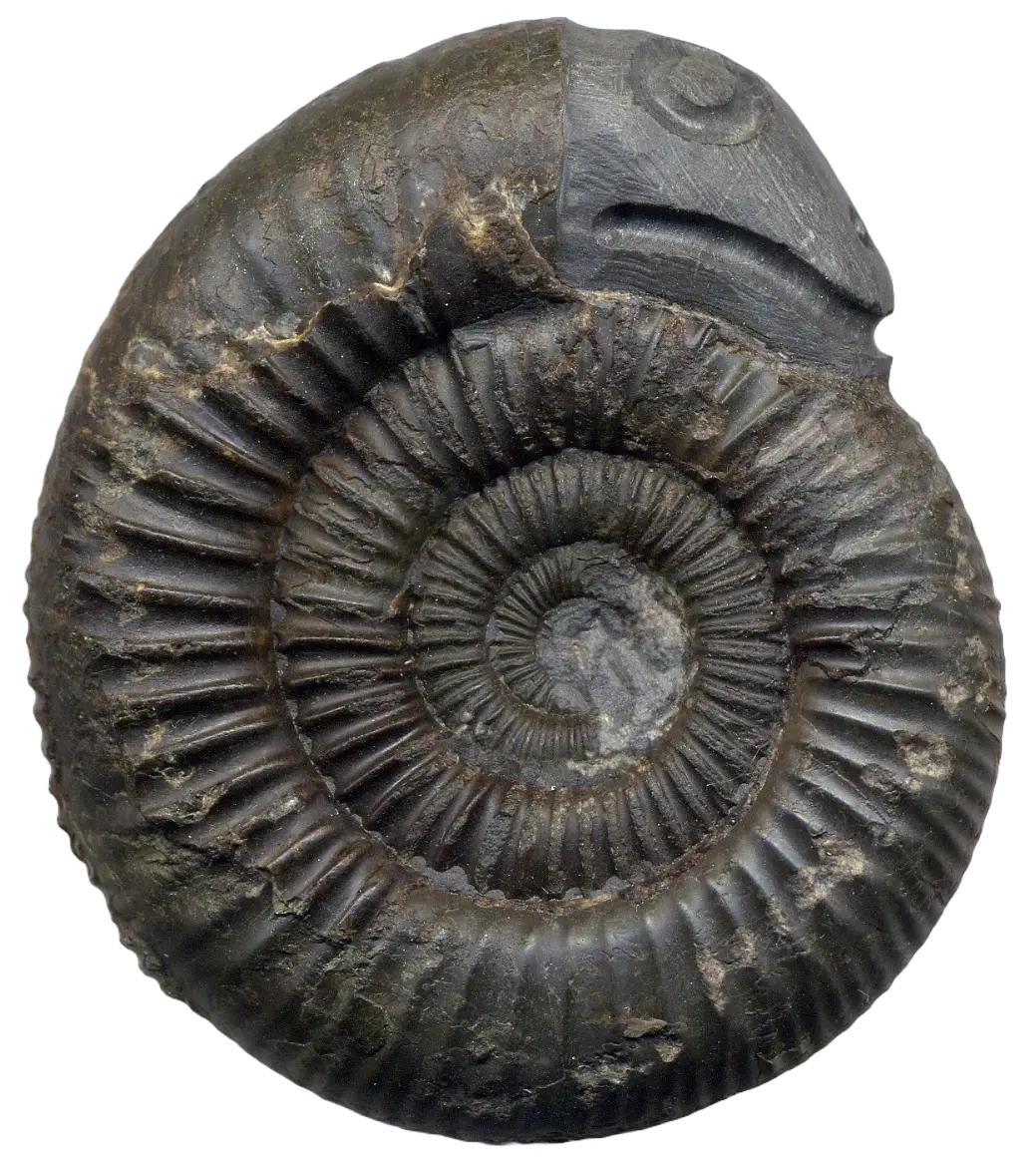- cross-posted to:
- palaeontology@mander.xyz
- cross-posted to:
- palaeontology@mander.xyz
A unique species of flying reptile, or pterosaur, that lived 168-166 million years ago has been discovered on the Isle of Skye.
Its wings, shoulders, legs and backbone were found in a rock on a beach, but the fossil’s skull was missing.
Scientists were surprised to find a pterosaur from this period off Scotland’s west coast - they were thought to mostly live in China.
The creature - called Ceoptera - is the second pterosaur found on Skye.
Its name comes from the Scottish Gaelic word cheò, meaning mist, and is a reference to the Gaelic name of Isle of Syke - Eilean a’ Cheò or Isle of Mist.
Fossils from this era, called the Middle Jurassic, are extremely rare, says Dr Liz Martin-Silverstone at the University of Bristol who used a CT scanner to make a 3D digital model of the fossil.
“Finding anything from that time period that’s more than just a single bone is really exciting,” she says.
This is the best summary I could come up with:
A unique species of flying reptile, or pterosaur, that lived 168-166 million years ago has been discovered on the Isle of Skye.
Scientists were surprised to find a pterosaur from this period off Scotland’s west coast - they were thought to mostly live in China.
The research proves that a type of pterosaur between the primitive and advanced stages of evolution existed, he adds.
We were on hands and knees crawling, looking for small smears of bone on the surface," says Dr Paul Barrett who was on the expedition.
The team carried the fragile fossil in backpacks on the journey back to London to protect it from damage, he adds.
“This group of more advanced flying reptiles had an earlier flourishing than we originally thought,” says Dr Barrett.
The original article contains 467 words, the summary contains 128 words. Saved 73%. I’m a bot and I’m open source!



